
How to Plan and Design a Roof Garden
July 11, 2024
How to Choose the Right Landscaping Style for Your Home
September 13, 2024How to Achieve and Maintain a Healthy Lawn

How to Achieve and Maintain a Healthy Lawn
How to Achieve and Maintain a Healthy Lawn? A well-maintained lawn enhances the aesthetic appeal of your home and contributes to environmental health by reducing soil erosion, filtering pollutants, and providing a cooling effect.
For homeowners in Singapore, where lush greenery is highly valued, maintaining a healthy lawn can significantly boost curb appeal and create a pleasant outdoor space for relaxation and activities.
Achieving and maintaining a healthy lawn involves understanding the specific needs of your grass, implementing proper care techniques, and addressing any issues promptly.
This guide outlines the best practices for lawn care, from soil preparation and grass selection to watering, fertilizing, mowing, and pest management. Read on – How to Achieve and Maintain a Healthy Lawn:
Understanding Your Lawn’s Needs
Soil Composition and Quality
Healthy soil is the foundation of a healthy lawn. Test your soil’s pH and nutrient levels using a soil testing kit. Most grasses thrive in slightly acidic to neutral soil (pH 6-7).
If the soil lacks nutrients, improve it by adding organic matter, such as compost, and using appropriate fertilizers.
Selecting the Right Grass for Singapore
Choose grass types suited to Singapore’s tropical climate, such as Zoysia, Bermuda, and St. Augustine. These grasses are resilient to heat, humidity, and frequent rain, making them ideal for local conditions.
Sunlight and Shade Management
Different grass types require varying amounts of sunlight. Ensure your lawn receives adequate light by trimming overhanging branches and strategically placing shade-tolerant varieties in areas with less sunlight.
Preparing Your Lawn for Healthy Growth
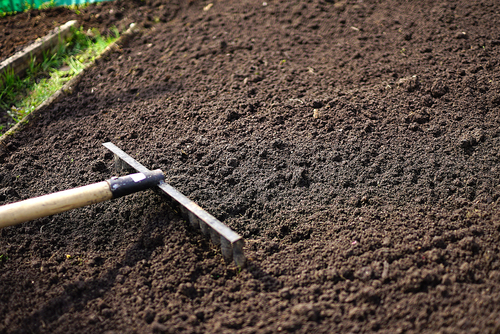
Clearing and Leveling the Ground
Clear the area of rocks, roots, and debris. Level the ground to prevent water pooling and uneven growth, which can lead to disease and pest problems.
Aerating the Soil
Aerate the soil to improve water, nutrient, and air penetration. Use a garden fork or mechanical aerator to create small holes, allowing roots to grow deeper and stronger.
Soil Amendments and Fertilization
Incorporate organic matter like compost or well-rotted manure into the soil to enhance fertility. Apply a balanced fertilizer to provide essential nutrients, promoting robust grass growth.
Choosing the Right Grass Seed or Sod
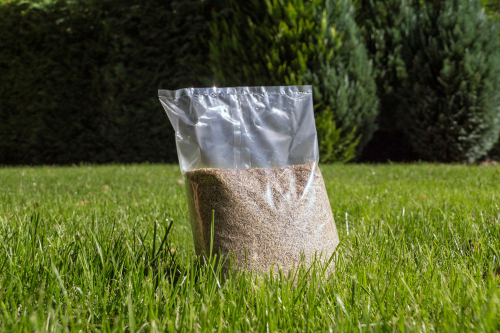
Deciding Between Seed and Sod
Grass Seed: Less expensive and offers a wider variety of grasses but requires more time to establish.
Sod: Provides an instant lawn but is more costly and offers fewer grass variety options.
Opt for high-quality seeds or sod of Zoysia, Bermuda, or St. Augustine to ensure durability and adaptability to the local climate.
Planting Techniques for Seeds and Sod
Step-by-Step Planting Guide
- For Seeds:
- Prepare the soil by tilling and leveling.
- Distribute the seeds evenly using a spreader.
- Lightly rake the soil to cover the seeds.
- Water gently to keep the soil moist until germination.
- For Sod:
- Prepare the soil as for seeding.
- Lay the sod pieces in a staggered pattern.
- Press down on the sod to eliminate air pockets.
- Water thoroughly and keep moist until established.
Effective Watering Practices
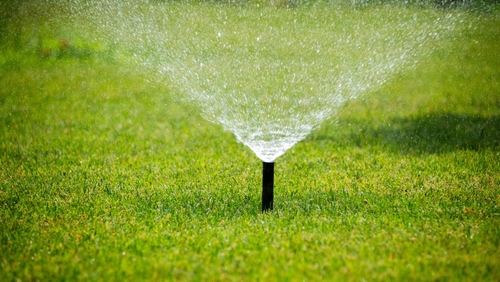
Water early in the morning or late in the afternoon to reduce evaporation. For new lawns, water daily to keep the soil moist. For established lawns, water deeply 2-3 times a week to encourage deep root growth.
Use sprinklers for even coverage, drip systems for targeted watering, and manual watering for small areas. Ensure your irrigation method suits your lawn’s layout and water needs.
Overwatering can lead to fungal growth and root rot, while underwatering causes dry, brittle grass. Signs of overwatering include yellowing and wilting, whereas underwatering shows brown, dry patches.
Fertilizing for Optimal Lawn Health
Select a balanced fertilizer with equal parts nitrogen (N), phosphorus (P), and potassium (K). Slow-release fertilizers provide nutrients over time, reducing the risk of over-fertilization.
Apply fertilizer evenly using a spreader. Follow package instructions for application rates to avoid burning the grass.
Fertilize in early spring and late summer for warm-season grasses. Avoid fertilizing during peak heat to prevent stress on the grass.
Mowing Techniques for a Healthy Lawn
Setting the Correct Mower Height
Set your mower to the appropriate height for your grass type:
- Zoysia: 1-2 inches
- Bermuda: 1-1.5 inches
- St. Augustine: 2.5-4 inches
Mow regularly to maintain the grass at its ideal height, typically once a week. Vary mowing patterns to prevent soil compaction and turf wear.
Sharpen mower blades regularly to ensure a clean cut and reduce stress on the grass. Clean the mower to prevent the spread of disease.
Weed and Pest Management
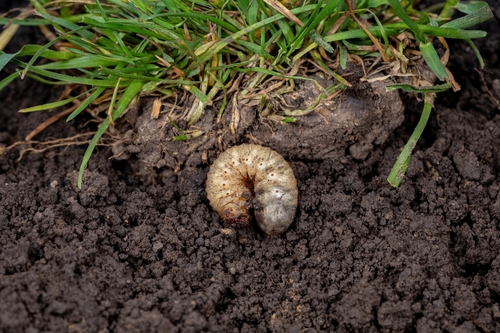
Identifying Common Weeds
Common weeds in Singapore include Crabgrass, Dandelion, and Clover. Recognize these weeds to manage them effectively.
Weed Control Techniques
Hand-pull weeds or use a hoe for small areas. Apply pre-emergent herbicides in early spring to prevent weed seeds from germinating. Maintain a thick lawn to reduce weed growth.
Managing Lawn Pests
Common pests include Grubs, Armyworms, and Aphids. Use natural predators, insecticidal soaps, or targeted insecticides to control infestations.
Handling Lawn Diseases
Look for discolored patches, thinning grass, and unusual spots on blades, which may indicate diseases such as Brown Patch or Dollar Spot.
Water early in the day to allow grass to dry before nightfall. Avoid over-fertilizing and improve soil drainage to reduce disease risk.
Apply fungicides according to disease type and severity. Remove and dispose of infected grass clippings to prevent the spread of pathogens.
Aerating and Dethatching Your Lawn
Aeration improves root growth by increasing oxygen, water, and nutrient penetration. It helps alleviate soil compaction and promotes a healthier lawn.
Aerate in early spring or fall using a core aerator or a garden fork. Focus on compacted areas and avoid aerating during drought or extreme heat.
Thatch is a layer of dead organic matter between the grass and soil. Excessive thatch can inhibit water and nutrient absorption. Keep thatch under control by regular aeration and avoiding over-fertilization.
Use a dethatching rake or a mechanical dethatcher to remove excess thatch. Rake up the debris and dispose of it properly.
Overseeding for a Denser Lawn
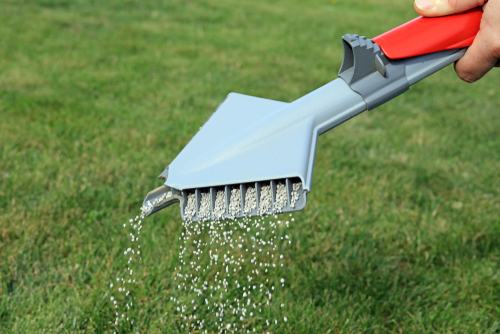
Overseeding introduces new grass seed to existing turf, improving density and filling in bare patches, which enhances lawn health and appearance.
Choose grass seed that matches your existing lawn. For example, use Bermuda seed on a Bermuda lawn to maintain uniformity.
Preparation, Seeding, and Aftercare
- Preparation: Mow the lawn short and remove clippings.
- Seeding: Use a broadcast spreader to evenly distribute the seed.
- Aftercare: Water lightly and frequently until the new grass is established.
Managing Soil Compaction
Signs include thin grass, puddles after rain, and hard soil that resists penetration. Compaction restricts root growth and water absorption.
Aerate compacted areas and add organic matter to improve soil structure and drainage. Avoid heavy traffic on wet soil, and regularly aerate and maintain healthy soil practices to prevent compaction.
Consistent Lawn Care Practices
Regularly remove debris and thatch to prevent buildup that can hinder lawn health. Inspect your lawn regularly for signs of stress, disease, or pest activity. Early detection allows for prompt treatment.
Perform daily checks for moisture levels and weekly tasks such as mowing and light fertilizing to keep your lawn in top shape.
Eco-Friendly Lawn Care Strategies
Organic fertilizers release nutrients slowly, improving soil health without harming the environment. Use efficient irrigation methods and water deeply but less frequently to conserve water and promote deep root growth.
Use natural predators, organic pesticides, and cultural practices like proper mowing and fertilization to manage pests and weeds sustainably.
How to Achieve and Maintain a Healthy Lawn – Conclusion
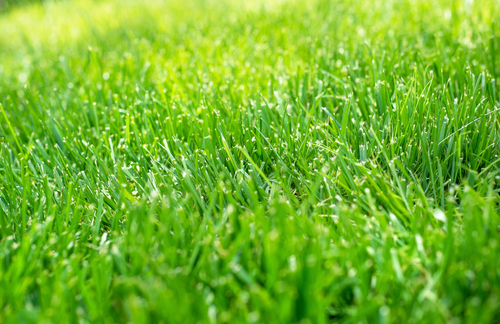
Achieving a healthy lawn requires proper soil preparation, appropriate grass selection, effective watering, regular fertilization, and consistent maintenance. Addressing issues promptly and following best practices ensures lush, green turf.
Key steps include testing and improving soil, choosing suitable grass types, maintaining a regular watering and mowing schedule, and managing weeds and pests.
Regular lawn care prevents problems, enhances lawn health, and improves aesthetic appeal. Consistent effort results in a resilient, beautiful lawn that adds value to your property and provides a pleasant outdoor environment!
Are you seeking a professional and reliable landscaping contractor in Singapore? Contact us today!




